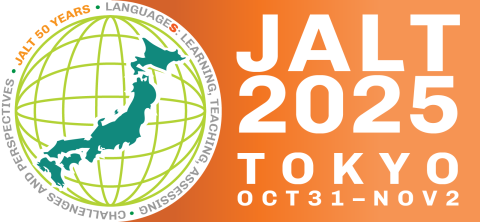Reference Data:
Jones, M. (2025). Using duoethnography to foster critical multiliteracies. In B. Lacy, M. Swanson, & P. Lege (Eds.), Moving JALT Into the Future: Opportunity, Diversity, and Excellence. JALT. https://doi.org/10.37546/JALTPCP2024-33
This article examines the advantages and drawbacks of using duoethnography with first-year undergraduate students in an English medium university programme in Japan, using a case study of one duoethnography to illustrate the benefits and drawbacks. Connections between duoethnography, multiliteracies and critical thinking are explored. Critical thinking has been considered important in education for much of this century so far, and it has become an expectation of universities that critical thinking is an outcome of studies. One way to consolidate students’ critical thinking is through a pedagogy of multiliteracies, in which students gain the ability to consider different aspects of the information they are exposed to in their studies. Since duoethnography focuses on dialogue and criticality, it is argued that carrying out a duoethnography as a class assignment is a way to teach students to apply multiliteracies.
本稿は、英語で授業を実施する大学の学科の1年生を対象にデュオ民族誌を実施することの利点と不利点を考察する。ひとつのデュオ民族誌を事例として用い、デュオ民族誌とマルチリテラシー及び批判的思考のつながりについて探索する。今世紀の大部分、批判的思考は教育において重要なこととして考えられてきた。実際、大学はそれを学習の結果として修得されるべきものと期待している。学習者の批判的思考能力を強化するひとつの方法は、マルチリテラシーの方法論である。この方法では、学習者は自分が接する情報の様々な局面について考慮する能力を会得する。デュオ民族誌は対話と批判性に焦点を置くため、授業の課題として実施することは、学習者にマルチリテラシーを適用する能力を教える一つの方法であると、著者は論ずる。


